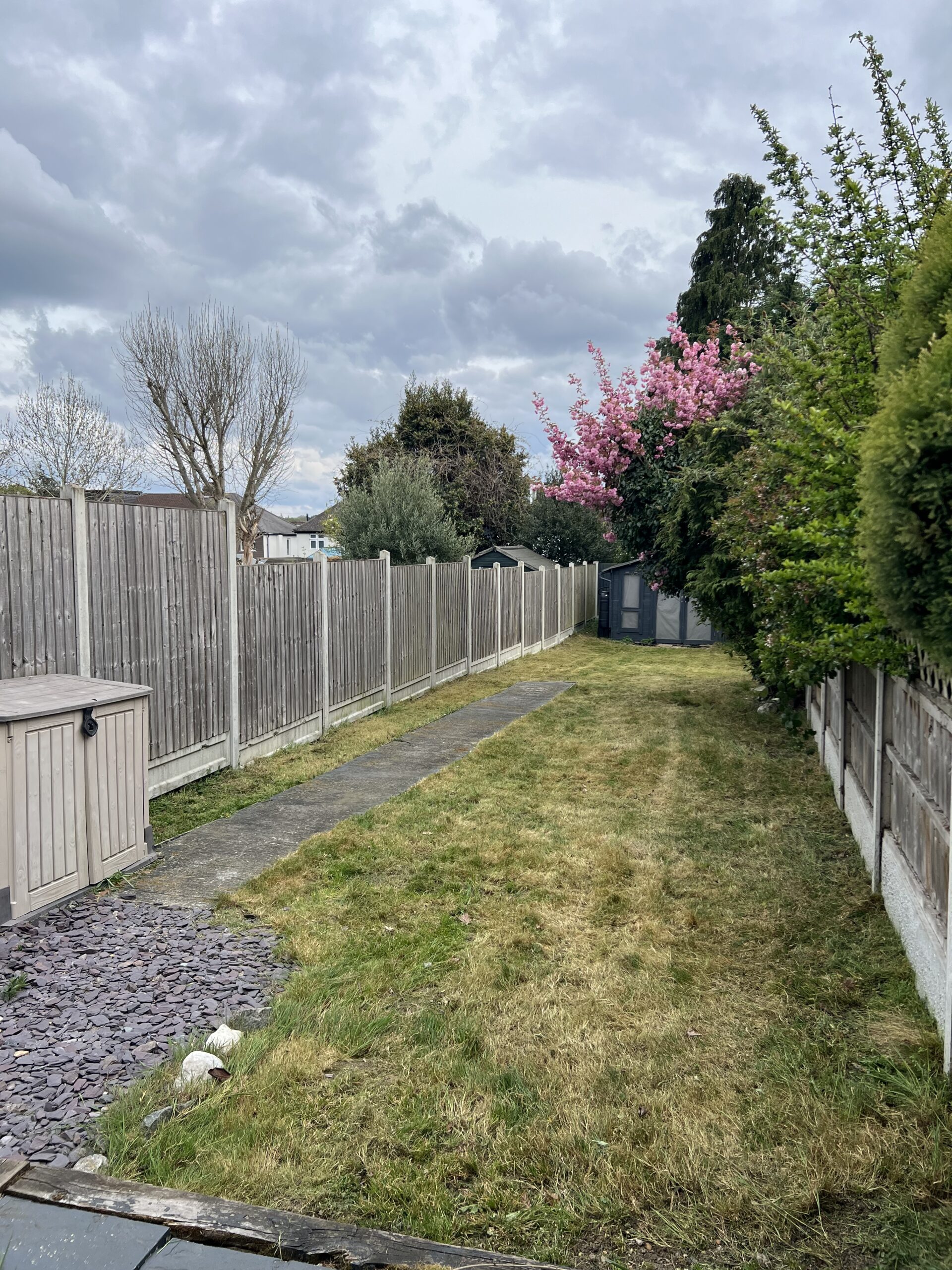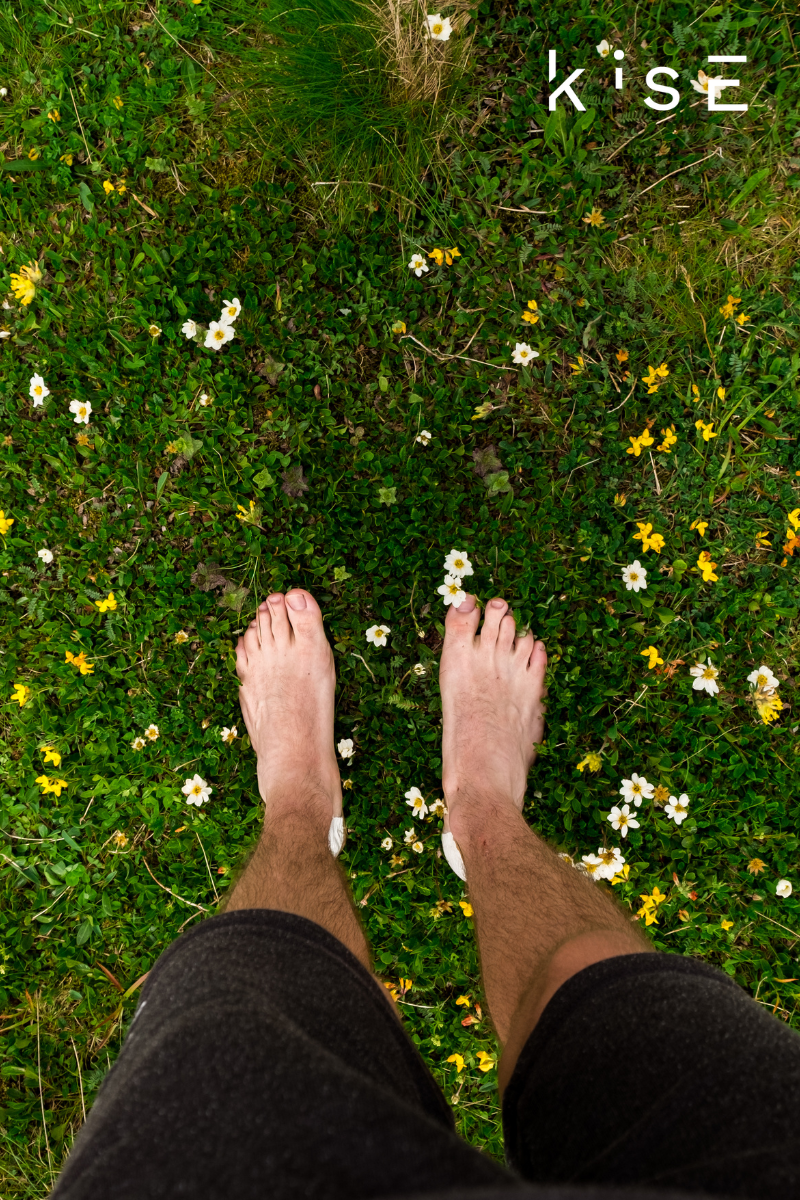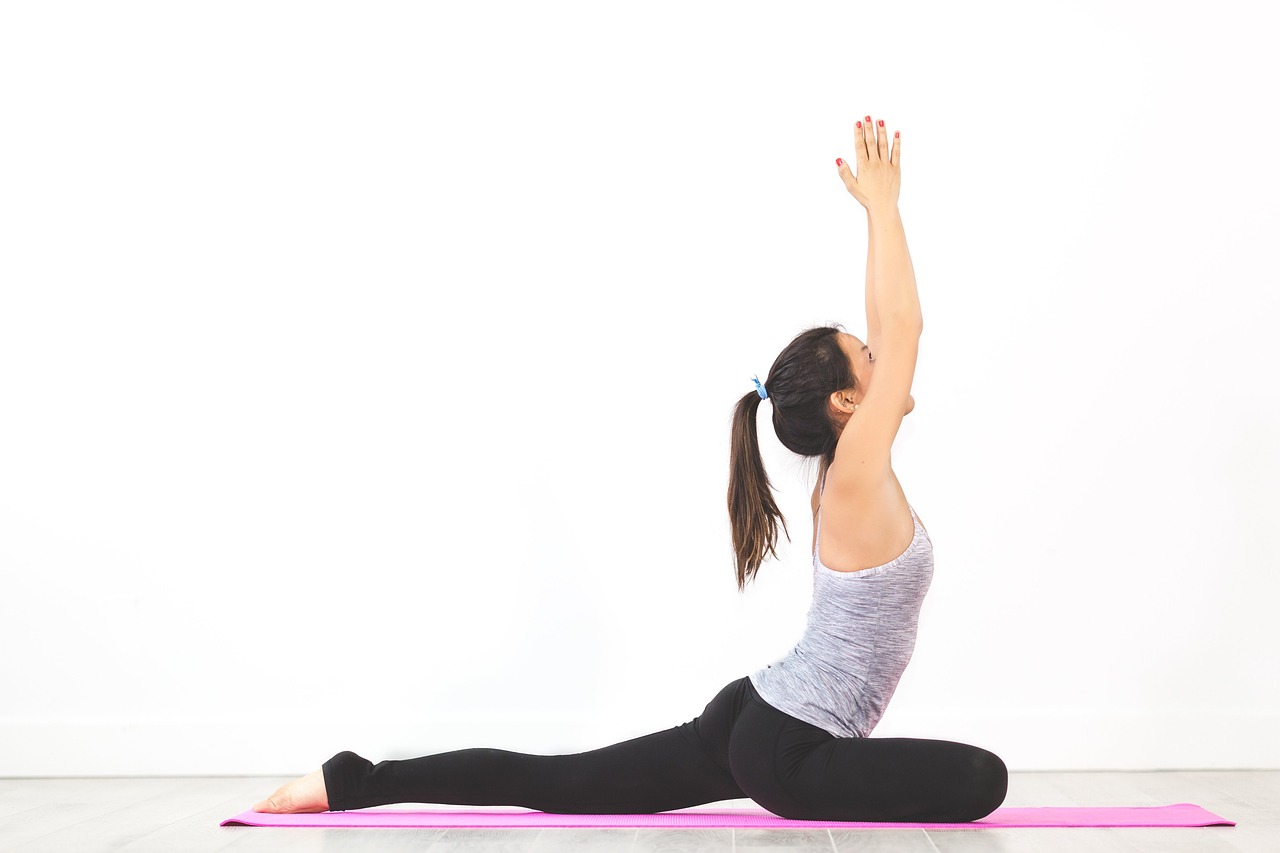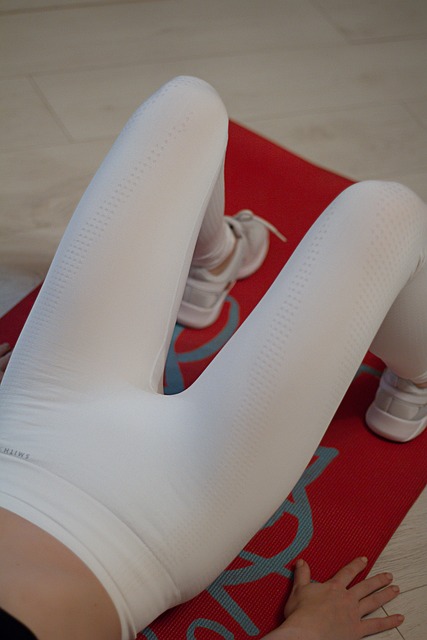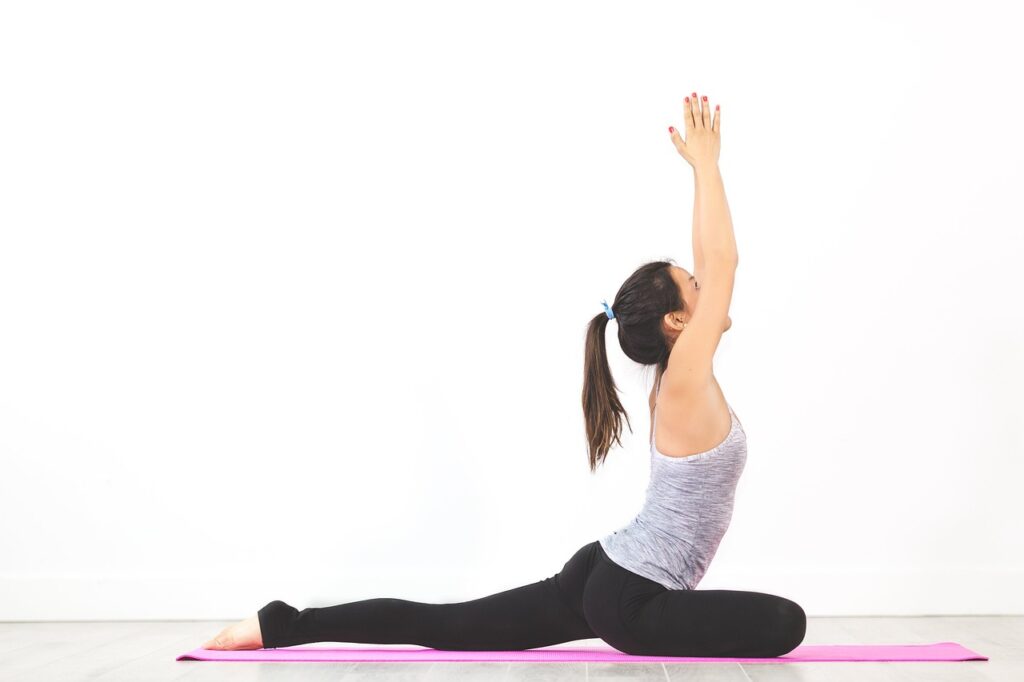This page may contain affiliate links – they are marked with a *. Making a purchase via my affiliate means I receive a small share of the sale.

In the rush of modern life, your garden or patio can become more than just an outdoor space—it can be your sanctuary. Whether you’re looking to stretch your legs, calm your thoughts, or spend meaningful time with the family, a few simple upgrades can make your outdoors a haven for both movement and mindfulness.
Here are easy and effective ways to refresh your outdoor space and encourage more intentional living—right from your back door.
1. Create a Flowing Path for Walking Meditation
A meandering garden path invites gentle movement and reflection. Use natural materials to create a soft, organic route around your space. Whether you walk it slowly in the morning with a coffee or use it for mindful movement breaks during the day, the act of following a path encourages a calming rhythm.
Not sure what material works best for foot traffic and beauty? Check out this guide on what is the best outdoor paving for patios to discover options that are durable, attractive, and perfect for grounding your steps.
2. Add a Yoga or Stretching Spot
You don’t need a dedicated studio—just a level surface and a peaceful backdrop. Choose a quiet corner of your garden or patio and lay down a weather-resistant mat or use smooth paving to create a space for yoga, stretching, or breathwork. Surround it with potted plants or climbing vines to foster a natural sense of calm and privacy.
3. Design a Sensory Garden
A sensory garden encourages mindfulness through scent, texture, sound, and sight. Incorporate herbs like lavender and rosemary, ornamental grasses that rustle in the wind, and textured paving stones you can walk on barefoot. It’s a beautiful way to reconnect with nature and stay present in the moment.
4. Incorporate Gentle Lighting for Evening Unwinding
Outdoor spaces aren’t just for the daytime. Add soft solar lights, fairy lights, or lanterns to create a warm and tranquil environment for evening reflection or slow evening strolls. Lighting plays a huge role in how relaxed and safe a space feels, especially when the sun sets.
5. Create a Space for Family Movement
Encouraging movement doesn’t have to be solitary. Lay a flat, open area of paving or grass that can accommodate yoga with the kids, garden games, or even a spontaneous dance party. Having a space that feels accessible and ready to use makes it easier to weave activity into your everyday life.
6. Install a Bench for Pause and Presence
Sometimes, movement starts with stillness. Adding a bench in a quiet area—under a tree, beside some lavender, or near your favorite view—offers a spot for reflection, journaling, or just being still. Pair it with a hot drink or a few deep breaths and you’ll quickly find it becomes a favorite daily ritual.
7. Lay Down Paving That Enhances the Atmosphere
The surface underfoot matters more than you think. Natural paving brings a grounded, organic feel to any outdoor area and invites both movement and relaxation. It provides a solid base for everything from garden furniture to a quiet stretch session.
Closing Thoughts
Your outdoor space can be more than just an area for plants or occasional barbecues—it can be a key part of your well-being routine. With thoughtful upgrades that inspire both motion and mindfulness, you’ll find it easier to stay active, centered, and connected to the world just outside your door.
